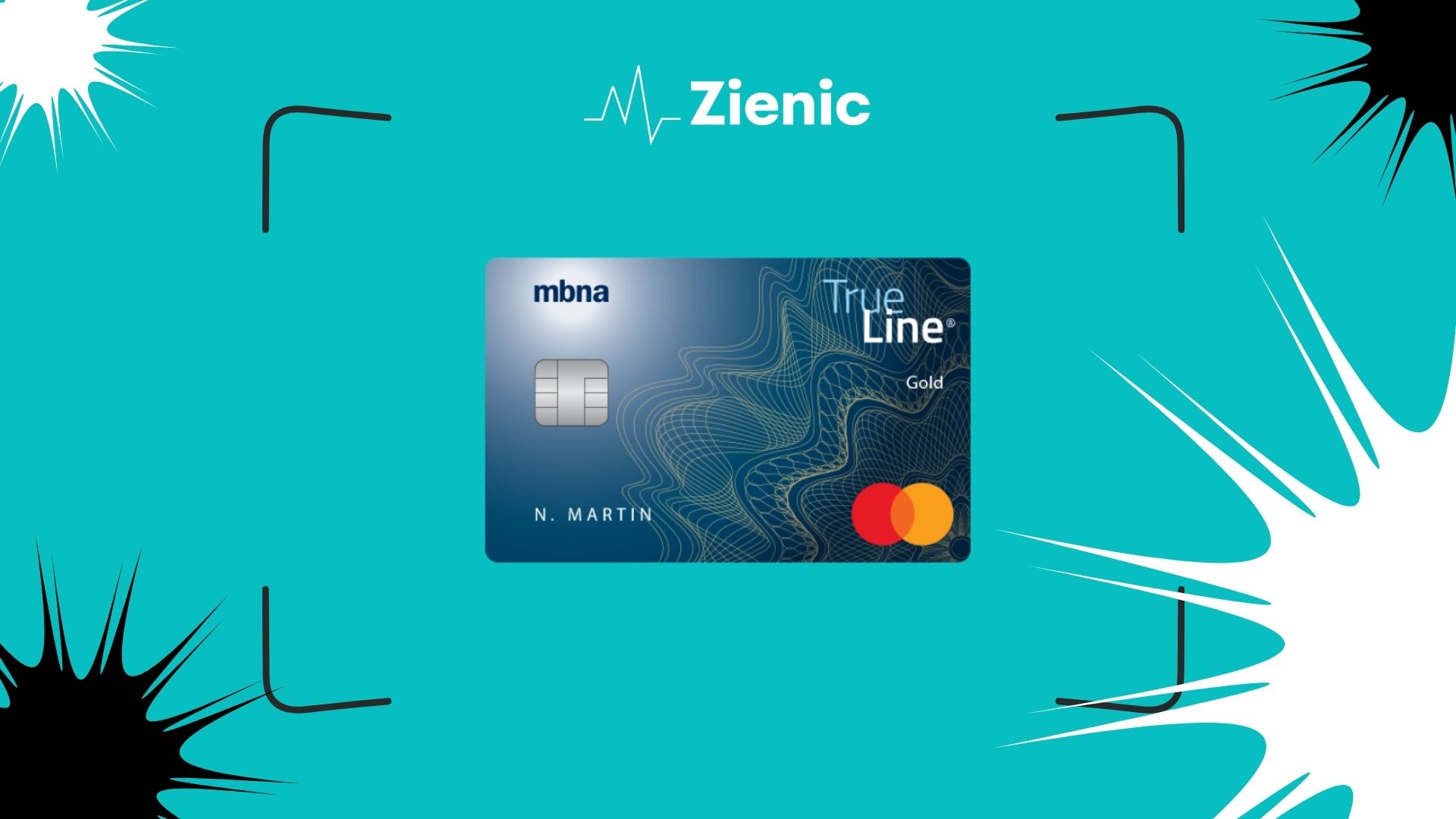Traditional bank loans, once the default option for consumers and small businesses, are gradually being eclipsed by faster, more democratic alternatives. Among these, crowdlending—a peer-to-peer funding model—is taking center stage as a more accessible and personalized solution for borrowers and investors alike.
Instead of relying on institutional lenders, borrowers are turning to platforms that connect them directly with individuals willing to fund their needs. This shift doesn’t just reflect dissatisfaction with banks—it highlights a new era where digital trust, transparency, and agility redefine how Americans think about money and credit.
Why Are Americans Abandoning Bank Loans?

Traditional financial institutions continue to operate with rigid protocols, lengthy processing times, and restrictive qualification requirements. This often leaves individuals with solid repayment potential without access to essential credit, especially in underserved regions or volatile economic periods.
Crowdlending platforms are changing this reality by cutting out the institutional middleman. They allow borrowers to submit requests directly to individual investors, who are more open to evaluating risk from a humanized perspective. This model empowers people who would otherwise be overlooked by traditional scoring systems.
How Crowdlending Platforms Actually Work
Unlike banks that lend from their own balance sheets, crowdlending platforms act as intermediaries between borrowers and the general public. Websites like LendingClub, Prosper, and Funding Circle facilitate these transactions securely. Borrowers start by applying online and receiving a credit grade assigned by platform algorithms.
The Dual Advantage for Borrowers and Investors
One of the reasons crowdlending is thriving is its clear mutual benefit. For borrowers, it offers a chance to secure funding without invasive procedures or excessive interest rates. The digital experience is user-friendly, making it easier to navigate than traditional application processes that require in-person visits and endless paperwork.
By contributing to several different loans, they reduce exposure while potentially earning higher yields than savings accounts or bonds. Most platforms also provide risk scores and automation tools, allowing users to invest wisely and efficiently with minimal effort or financial knowledge.
Technology Is Fueling the Growth of Crowdlending
Machine learning, big data analytics, and AI help platforms assess borrower risk in real time, increasing approval accuracy while minimizing defaults. Beyond credit scoring, technology helps improve identity verification and fraud prevention. By integrating secure protocols and predictive models, crowdlending becomes a safer environment for users on both sides.
Challenges and Limitations Still Exist
Despite its strengths, crowdlending faces certain challenges that cannot be ignored. Market downturns tend to increase default rates, which can impact investor returns and deter participation. Regulatory gaps also create legal uncertainty, especially regarding investor protection and platform accountability.
To address these issues, many platforms are improving credit models, setting clearer terms, and implementing stronger borrower education initiatives. As the market matures and gains mainstream adoption, regulations will likely follow, solidifying crowdlending’s role as a sustainable credit alternative.
A Cultural Shift in the Financial Landscape
What we are witnessing is more than a fintech trend. Americans are prioritizing speed, transparency, and personalization over outdated financial structures. Crowdlending reflects this new ethos, where trust is distributed and opportunity is shared. As consumers grow more financially literate and demand greater control over their money, crowdlending will continue to expand.
Final Thoughts: A Future Built on Connection and Choice
Crowdlending offers more than capital. It links people in need with those who want to help, offering mutual benefits in a system that feels fair and forward-thinking. In the coming years, this model will likely become a standard option rather than a niche alternative, especially as digital habits continue to reshape how we handle everything from shopping to investing.
While banks still play a role, their dominance is waning in the face of smarter, faster, and more human-centered alternatives. The future of lending is personal, agile, and decentralized. Crowdlending is not just reshaping access to credit—it’s rewriting the rules of financial inclusion, empowerment, and shared growth.



